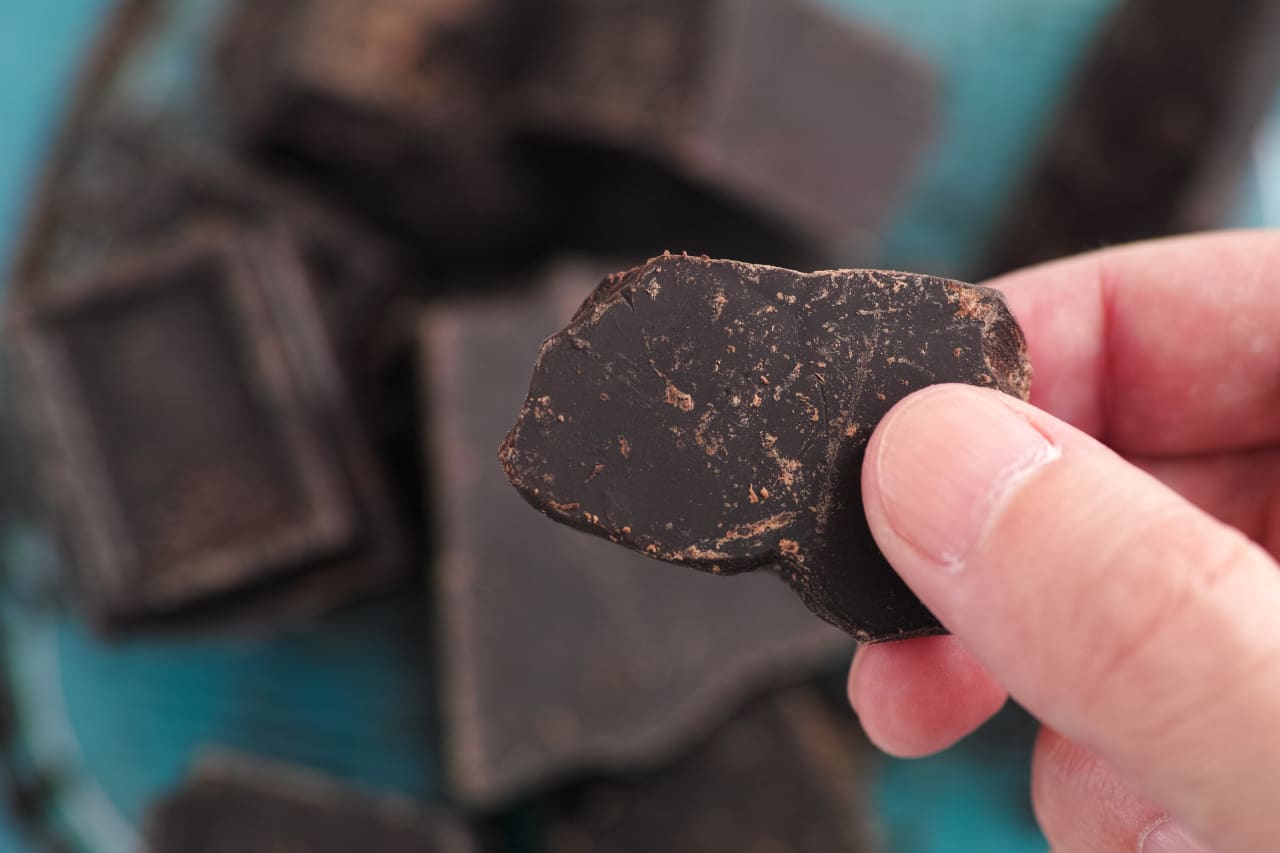Cocoa prices have reached their highest levels on record, just in time for one of the biggest chocolate-buying holidays of the year: Valentine’s Day.
“It’s all on the supply side,” said John Caruso, senior market strategist at RJO Futures, with cocoa up more than 110% year over year. “The chart has gone completely parabolic on a monthly scale” which is to say at the least, “very impressive,” he told MarketWatch.
May cocoa futures
CCK24,
CC00,
settled at $5,583 per metric ton on the ICE Futures U.S. exchange on Monday, down $16, or 0.3%. Prices based on the most-active contracts marked a record high on Friday at $5,599, based on data going back to 1959, according to Dow Jones Market Data.
Prices had traded between $2,200 and $2,800 from late 2020 until April 2023, said Tristan Fletcher, chief executive officer at ChAI, which uses artificial intelligence to track commodity price patterns.
Prices then broke out of that trading range and “haven’t looked back,” he said, with the rally accelerating in both October 2023 and January 2024 as data on quarterly cocoa grindings, a proxy for demand, showed that higher prices were not reducing demand as much as expected.
For Valentine’s Day, that means consumers will be facing higher prices, especially given that sugar prices
SB00,
reached 12-year highs in early November of last year, said Fletcher.
Weather
There have been a number of factors contributing to cocoa’s rise to record prices.
A “hot and dry spell” in West Africa is dragging down crop estimates, along with the disease and pest damage that affected cocoa trees last summer due to the lack of fertilizer use caused by high prices, said Caruso.
Cocoa prices have already gained roughly 33% year to date as of Monday.
Supplies remain limited, with “Harmattan winds still a problem for crops” in Nigeria, Ivory coast and Ghana, said James Roemer, publisher of WeatherWealth newsletter. Harmattan is defined as a cool, dry wind blowing from the northeast or east in the Western Sahara.
For now, stepping in front of a bull train, with El Niño still around for a few more months, is “risky, unless new grind data begins to show lower consumer demand,” Roemer told MarketWatch.
World cocoa bean grindings is estimated at 5.002 million metric tons for the 2022/2023 crop year, up 0.2% year on year, according to the International Cocoa Organization.
Timing
The rally in cocoa has come at an inopportune time for chocolate lovers.
Valentine’s Day, celebrated on Feb. 14, is among the biggest U.S. chocolate-buying seasons, according to the National Confectioners Association (NCA). It said 64% of total U.S. chocolate and candy sales are generated during the big four seasons: the Winter holidays, Halloween, Easter and Valentine’s Day.
U.S. dollar sales for Valentine’s Day chocolate was estimated at $2.8 billion for the seven weeks ending Feb. 19, 2023, the NCA said.
A survey conducted by NCA showed that 94% of people in the U.S. say they would be excited to receive chocolate and candy for Valentine’s Day, with 60% favoring classic heart-shaped chocolate boxes.
ChAI’s Fletcher said chocolate makers are likely to buy cocoa anywhere from three to 12 months ahead of time. That means candy makers have already purchased the chocolate they needed for Valentine’s Day.
“‘Current record price levels have not been fully factored into production costs yet.’”
But the “current record price levels have not been fully factored into production costs yet,” Fletcher said.
Demand peak?
Analysts pointed out there is a limit to what consumers will pay to buy their favorite sweets for their sweethearts.
“There’s an old saying among commodity traders and that is that ‘high prices cure high prices via demand destruction,”’ RJO Futures’ Caruso said.
Recent earnings reports from Hershey Co.
HSY,
and Modelez International Inc.
MDLZ,
“indicate some stress on the demand side of the trade,” he said.
Earlier this month, chocolate company Hershey reported weaker-than-expected fourth-quarter sales. Its CEO Michele Buck said historic cocoa prices are expected to limit earnings growth this year.
Mondelez, which owns confectionery company Cadbury, said it expects slower growth this year as geopolitical uncertainty drives “greater-than-usual volatility.”
To expect cocoa prices to continue at this pace is “unrealistic,” Caruso said. There likely will be a “topping process that occurs perhaps sooner rather than later,” but he said he’d rather not pick a top for prices.
For now, despite the weather-related challenges to production, cocoa demand seems to have held up better than expected, said Jack Scoville, vice president of The Price Futures Group.
He said he’s not sure how much higher prices can go, but “it feels like we are in the blowoff top stage.” Once the speculators and commercial traders are “done buying, then we will top this out.”
That should be soon, he said, but won’t mean much for Valentine’s Day, as the chocolate for that holiday has already been purchased and paid for.


